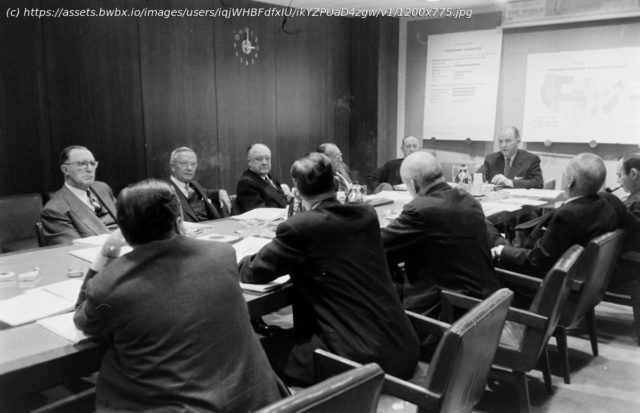Public statements of solidarity are good. A level playing field for employees is better.
I keep getting emails from companies saying they stand in solidarity with black Americans and oppose racism. Super, glad to hear it. My reaction, though: What’s the racial makeup of your board of directors? Who succeeds in your organization? Who gets promoted? The social display of empathy is a good first step, but it’s time for corporations to do more.
Research I’ve led in industry after industry shows just how much work remains to be done. Our surveys of lawyers, architects and engineers confirm that the experience of black professional women diverges dramatically from that of white men. For example, only 15% of white male architects feel they have to work twice as hard to get the same level of recognition as their colleagues; 71% of black women do.
While we measured perceptions, there’s plenty of hard data out there to show that black women’s perceptions are correct: they do need to be more competent and accomplished than any other group in order to get ahead. For example, one study found that black women are rated even more harshly for failure at work than black men and white women due to the “double jeopardy” of their intersecting identities. Perhaps not surprisingly, our research shows that black professional women are more likely than any other group of women to say they are treated unfairly with respect to hiring, assignments and promotions.
Office politics also are more complicated for black women. Organizations accept a narrower range of behavior from black women, who are the group most likely to report pushback for showing anger. Black women need walk a tightrope, balancing assertiveness with deference, much more so than white women, who themselves face a tightrope compared to white men. White men just need to be authoritative, and can use anger to draw a “Don’t tread on me” line.






